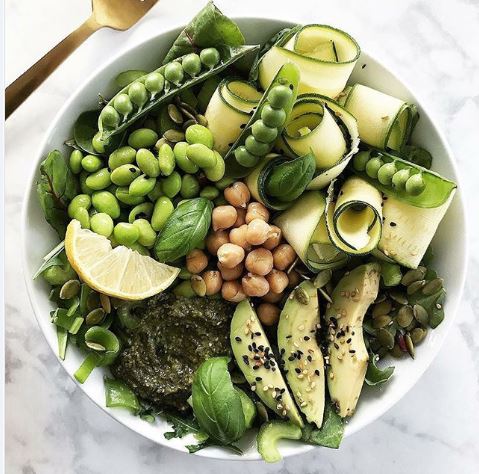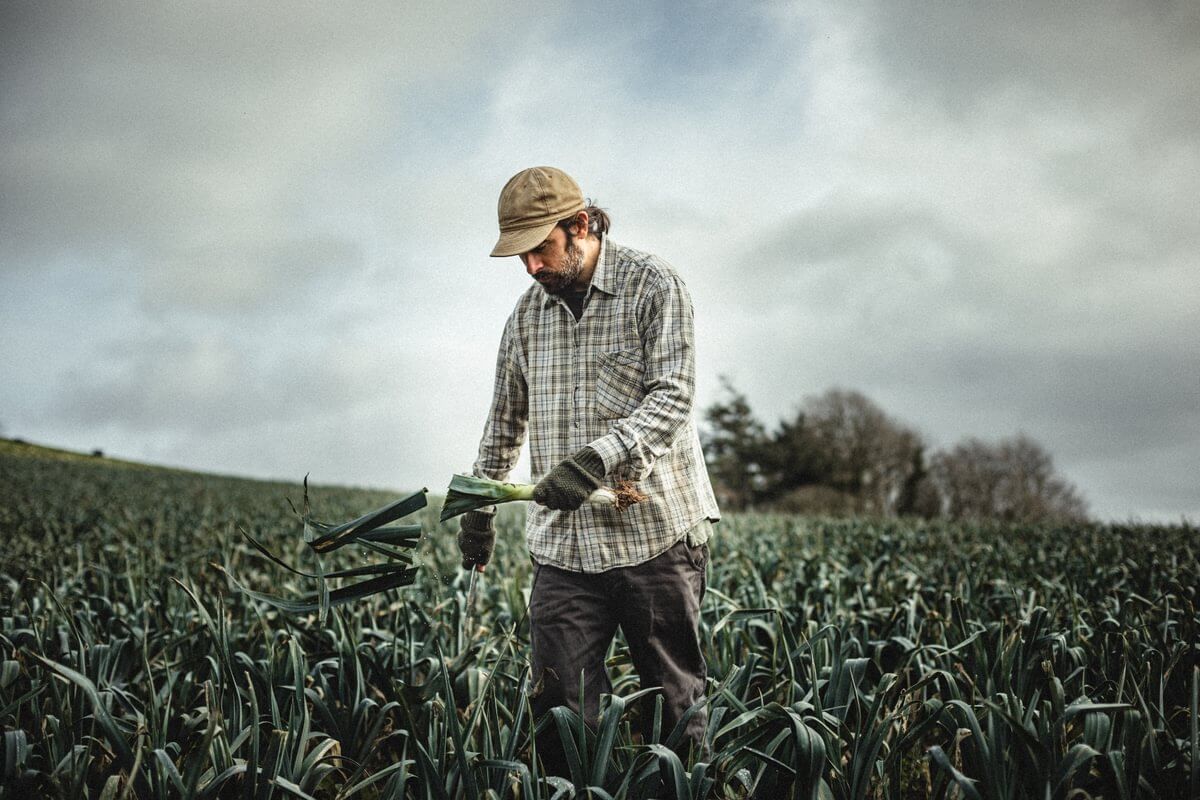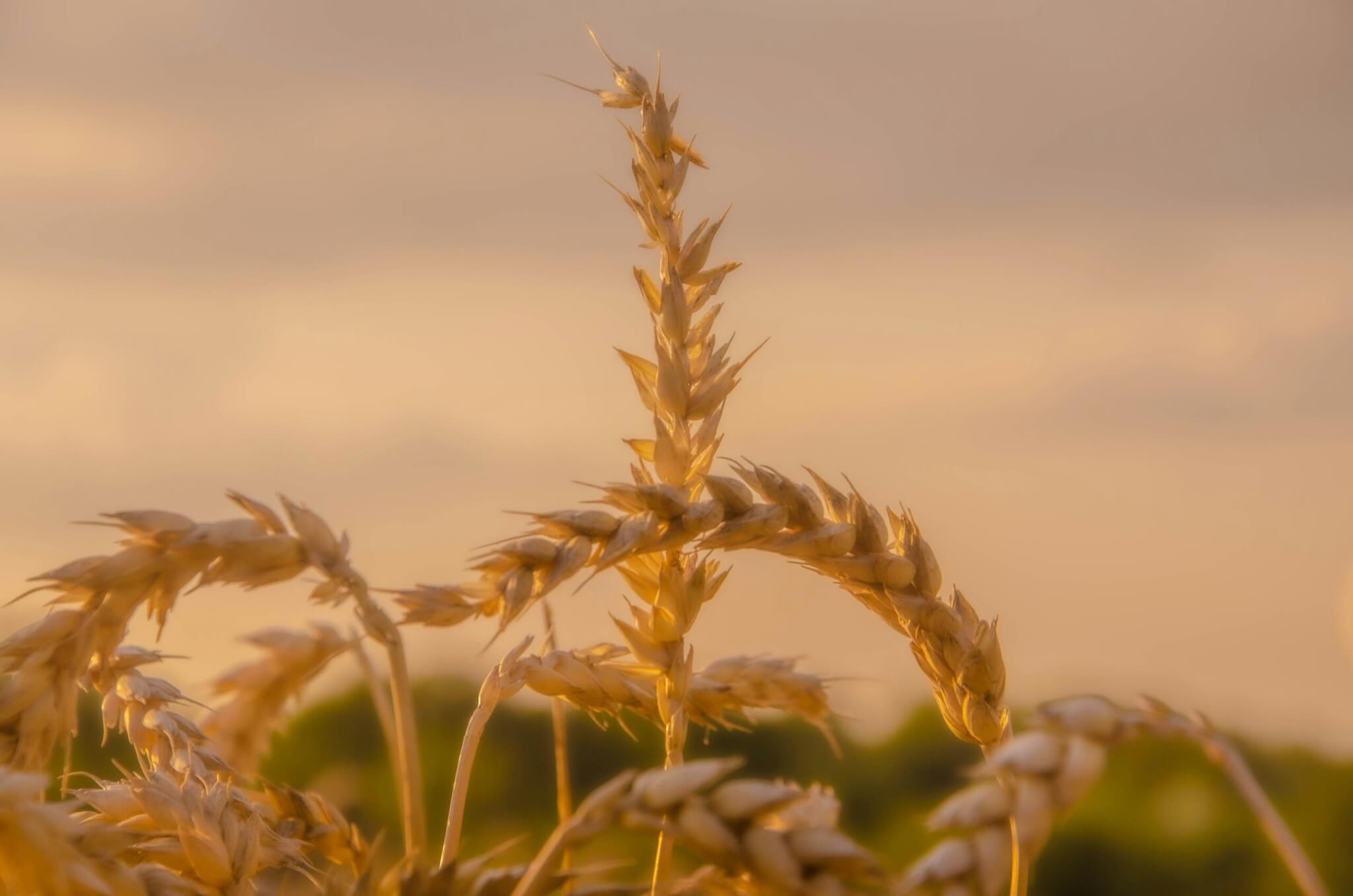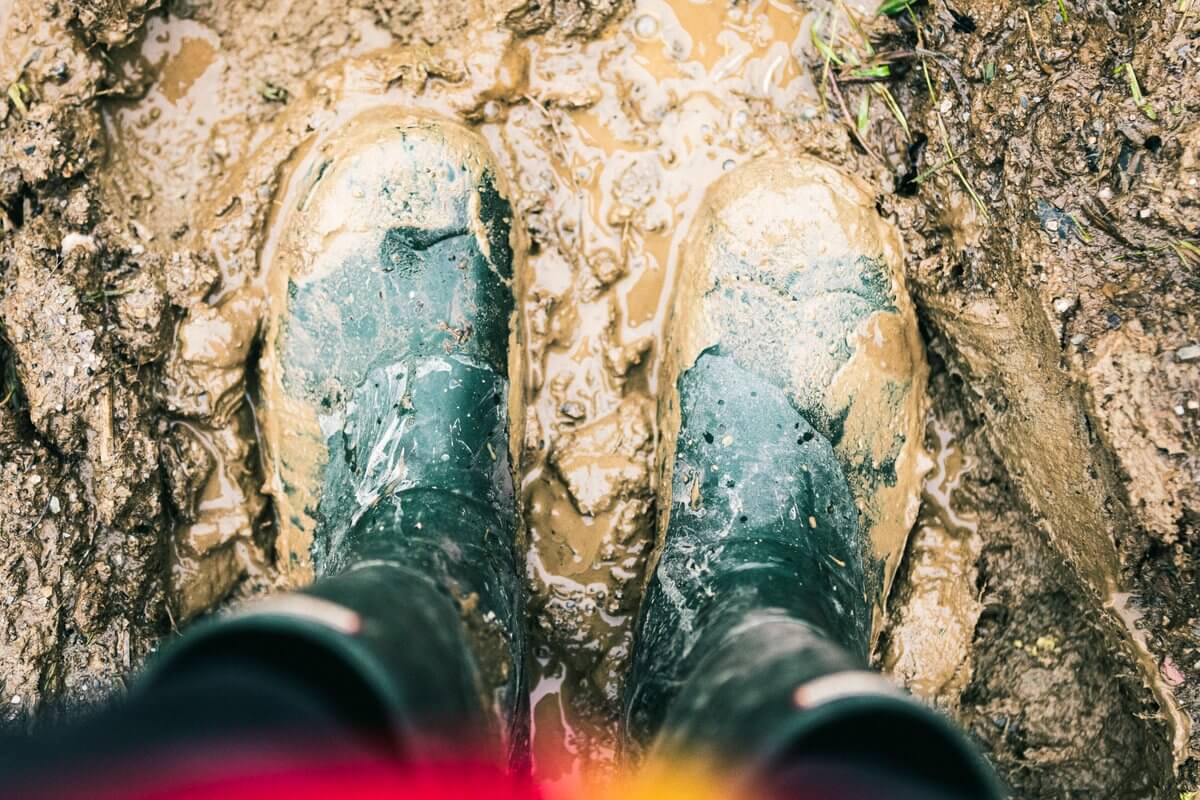Turn the clocks back 10 years, and my recipe inspiration came from cook books (often dog-eared and stained with cooking juices) and magazines, while Google always had my back when I needed to find something specific.
Today, things are quite different. As a big foodie (I hate that word, but it really does the job), I follow a lot of food and health-related accounts on Instagram, a platform I use daily, both personally and professionally in my role as social media manager at Riverford.
Recently I’ve been thinking about how I consume this content, and how my relationship with cooking and food has changed as Instagram has become part of my daily life.
A large percentage of the content on my feed is food related, so I’m spoilt for choice when it comes to inspiration. I hit save on the recipes that take my fancy, with the intention of trying them soon. I probably have enough recipes in my saved folder to go the next five years without eating the same meal twice, although how many of them I actually go on to try is another story.
Social media has paved the way for an overwhelming amount of free content. And today, free doesn’t mean inferior or mediocre. The competition on Instagram is infinite, so people just won’t succeed if what they are putting out there isn’t comparative. I’ve come to realise I take this for granted; content is so abundant that I don’t know what to do with it. It’s overwhelming, and I don’t consume it with the same attention and appreciation I would in, say, a cook book. But perhaps that doesn’t matter to the people who create it – perhaps all that matters to them are the superficial ‘likes’.
Instagram has been a hot topic recently for its potential to harm users’ mental health, and I can see where the criticism is coming from. Comparison really is the thief of joy, and Instagram is largely a highlight reel that leaves many users feeling like their life, body, home and more don’t compare.

This concept can be applied to diet, too. I can recall experiencing food guilt when logging in to Instagram after an indulgent weekend, to be presented with veg-packed recipes using so-called ‘clean’ and ‘superfoods’.
I’ve noticed an anomaly to this theory of inferiority, however, and that is the presentation. My feed is full of the most incredible photographs, most of which are heavily stylised, with not a grain of rice or slice of avocado out of place. It all looks incredible, but certainly isn’t what my recreation would ever look like, no matter how hard I tried.
Are these photos creating unrealistic food goals? Yes – but I am okay with that. I am fully aware of the hours that must have gone into the photo, (by which time the recipe would definitely be cold), and I’m fully aware that I will never be able to recreate such a picture-perfect plate. But somehow this doesn’t matter.
The recipes that capture my attention the most are the ones that play on my senses and help me to imagine the taste and smell through the screen. That’s what I want to recreate, not the perfectly positioned parsley that garnishes the recipe.















0 Comments